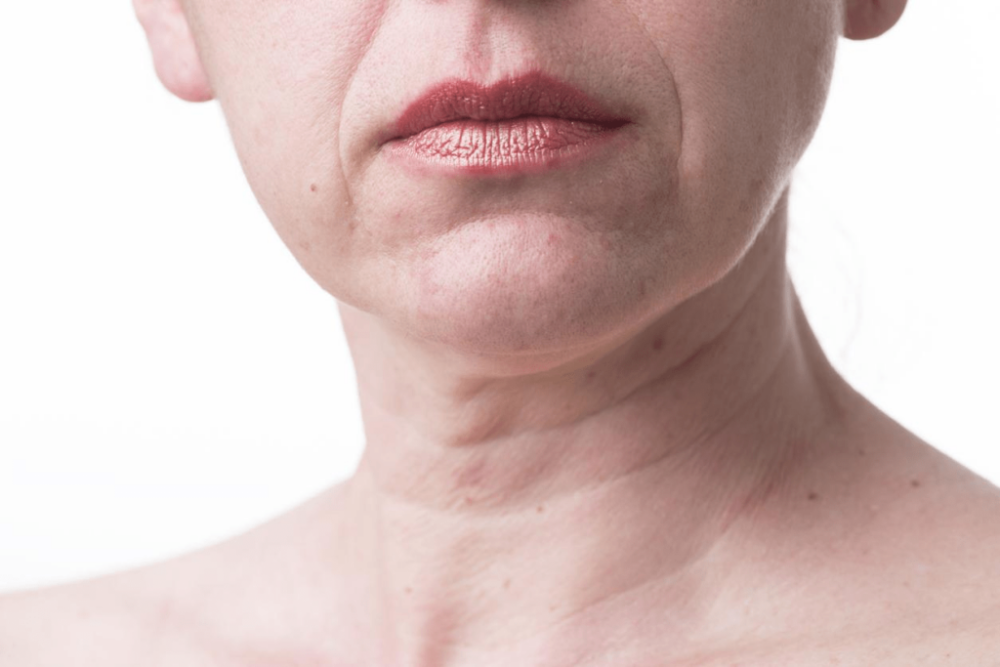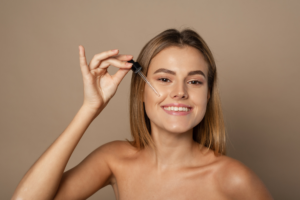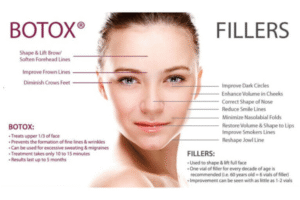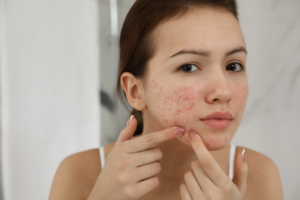Not all wrinkles are created equal, and the lines that etch themselves onto our chins can tell a unique story of time, habits, and even genetics. Understanding the different types of chin wrinkles and the factors that contribute to their formation is the first step towards effective prevention and treatment. Let’s delve into the fascinating world of chin lines.
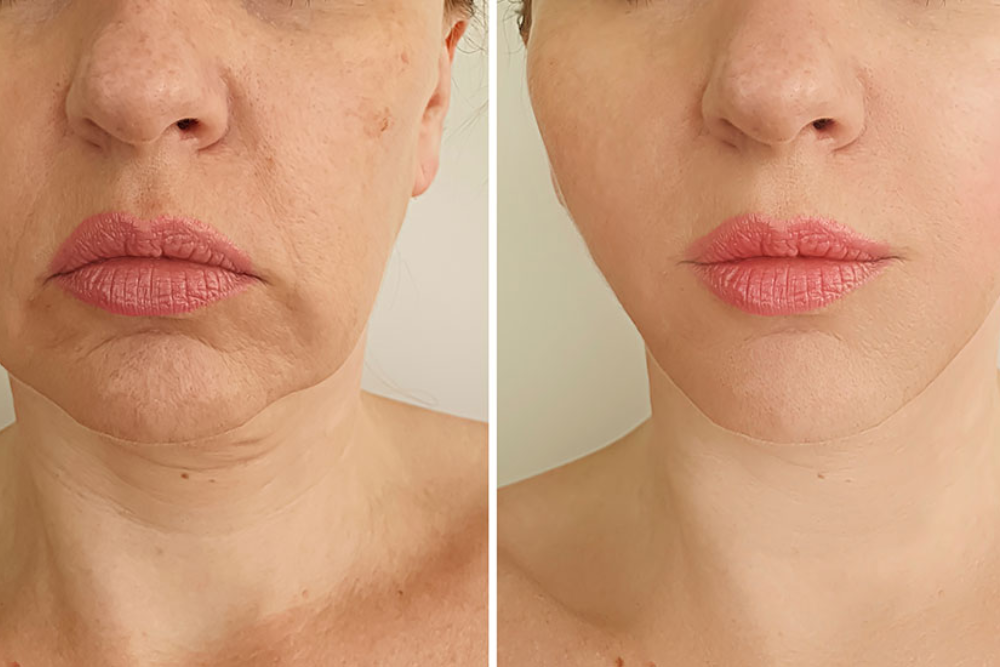
1. Two Main Types: Horizontal and Vertical Lines
Horizontal Chin Lines: These lines, often appearing as parallel creases across the chin, are primarily caused by repetitive movements of the underlying muscles, particularly the mentalis muscle. This muscle is responsible for protruding the lower lip and wrinkling the chin, actions we perform unconsciously during speech, eating, and even expressions. Over time, these repeated contractions etch lines into the skin.

Vertical Chin Lines (Orange Peel Texture): These fine, vertical lines often give the chin a textured, dimpled appearance, resembling the skin of an orange. While muscle movement plays a role, the loss of collagen and elastin – the skin’s support structure – due to aging is a significant contributing factor. This loss makes the skin less resilient and more prone to showing the underlying muscle contractions.
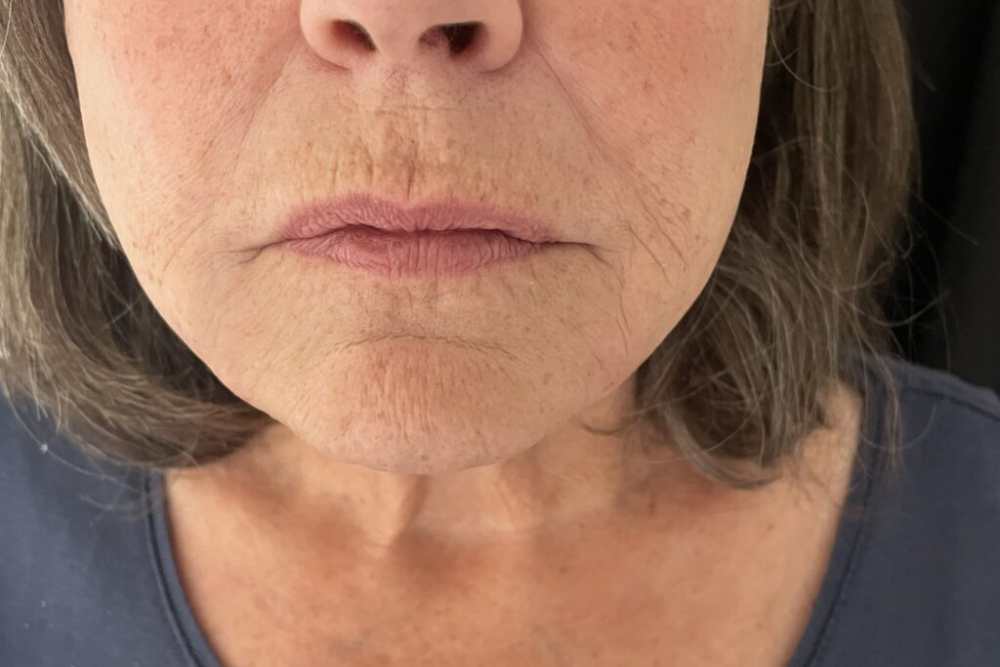
2. The Inevitable Role of Time and Genetics
Natural Aging: As we age, our skin naturally loses collagen and elastin, the proteins that keep it firm and smooth. This reduction in structural support makes the skin more susceptible to wrinkling, including on the chin. The constant pull of gravity also contributes to the deepening of existing lines.
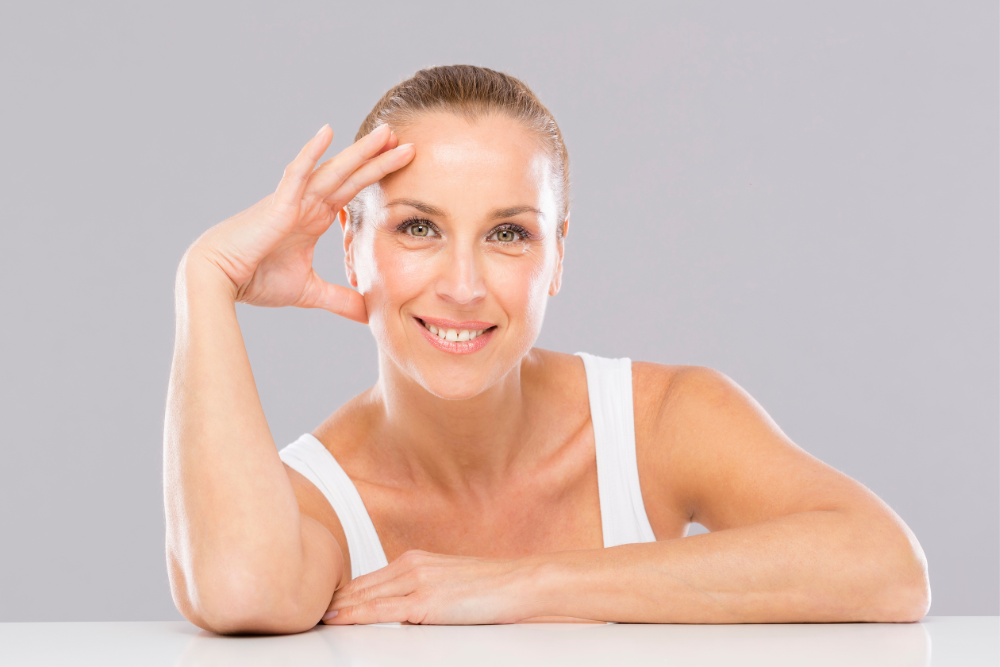
- Genetic Predisposition: Just like other physical traits, our genetic makeup can influence when and how prominently chin wrinkles appear. Some individuals may naturally have thinner skin or a stronger mentalis muscle, making them more prone to developing these lines earlier in life.

3. The Impact of Muscle Movement and Habits
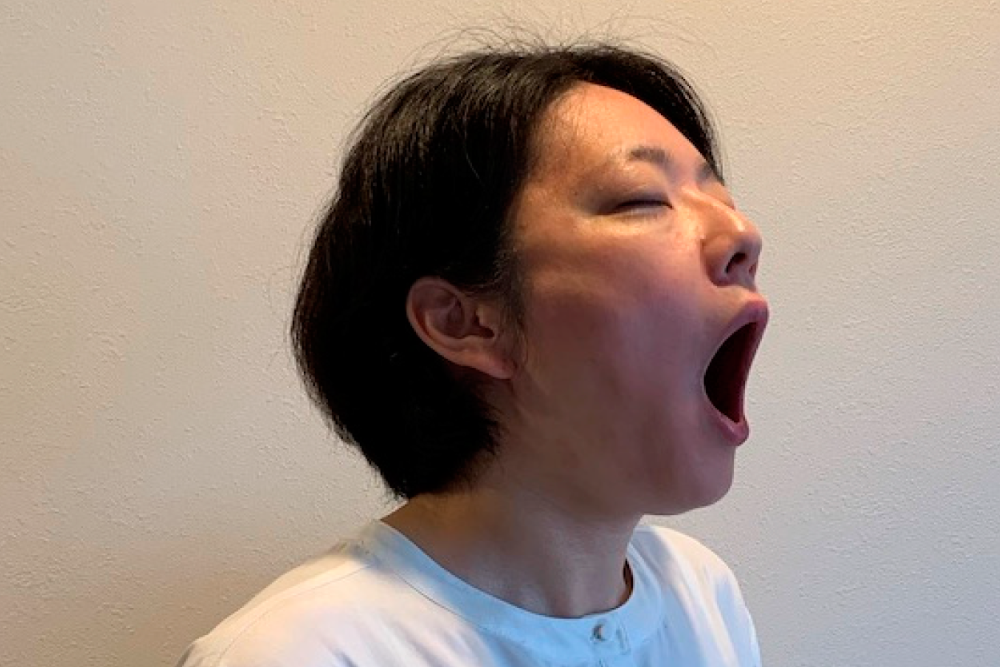
- Mentalis Muscle Activity: As mentioned earlier, the frequent and often unconscious contraction of the mentalis muscle is a major driver of both horizontal and vertical chin lines. Habits like resting your chin on your hand or frequently tensing your jaw can exacerbate this muscle activity.
- Repetitive Facial Expressions: Certain facial expressions that involve the lower lip and chin, even subtle ones performed regularly over years, can contribute to the formation of these lines.
4. Lifestyle Factors: The Unseen Contributors

- Sun Exposure: Ultraviolet (UV) radiation from the sun is a major accelerator of skin aging, breaking down collagen and elastin. Neglecting sun protection on the chin can significantly worsen wrinkles.
- Smoking: Smoking damages collagen and elastin, impairs blood flow to the skin, and contributes to premature aging, making wrinkles more pronounced.
- Dehydration: Insufficient water intake can lead to dry, less elastic skin, making wrinkles appear more noticeable.
- Poor Diet: A diet lacking in antioxidants and essential nutrients can hinder the skin’s natural repair processes.
Conclusion
Chin wrinkles are a multi-faceted issue, influenced by the passage of time, our genetic blueprint, the constant activity of our facial muscles, and the choices we make in our daily lives. Understanding these contributing factors empowers us to make informed decisions about prevention and treatment.
At Ziva Wellness, Dr. Vini Singh can assess your individual concerns and recommend personalized strategies to address chin wrinkles, from preventative skincare to advanced treatment options. Schedule a consultation today to explore how we can help you achieve smoother, more youthful-looking skin.

